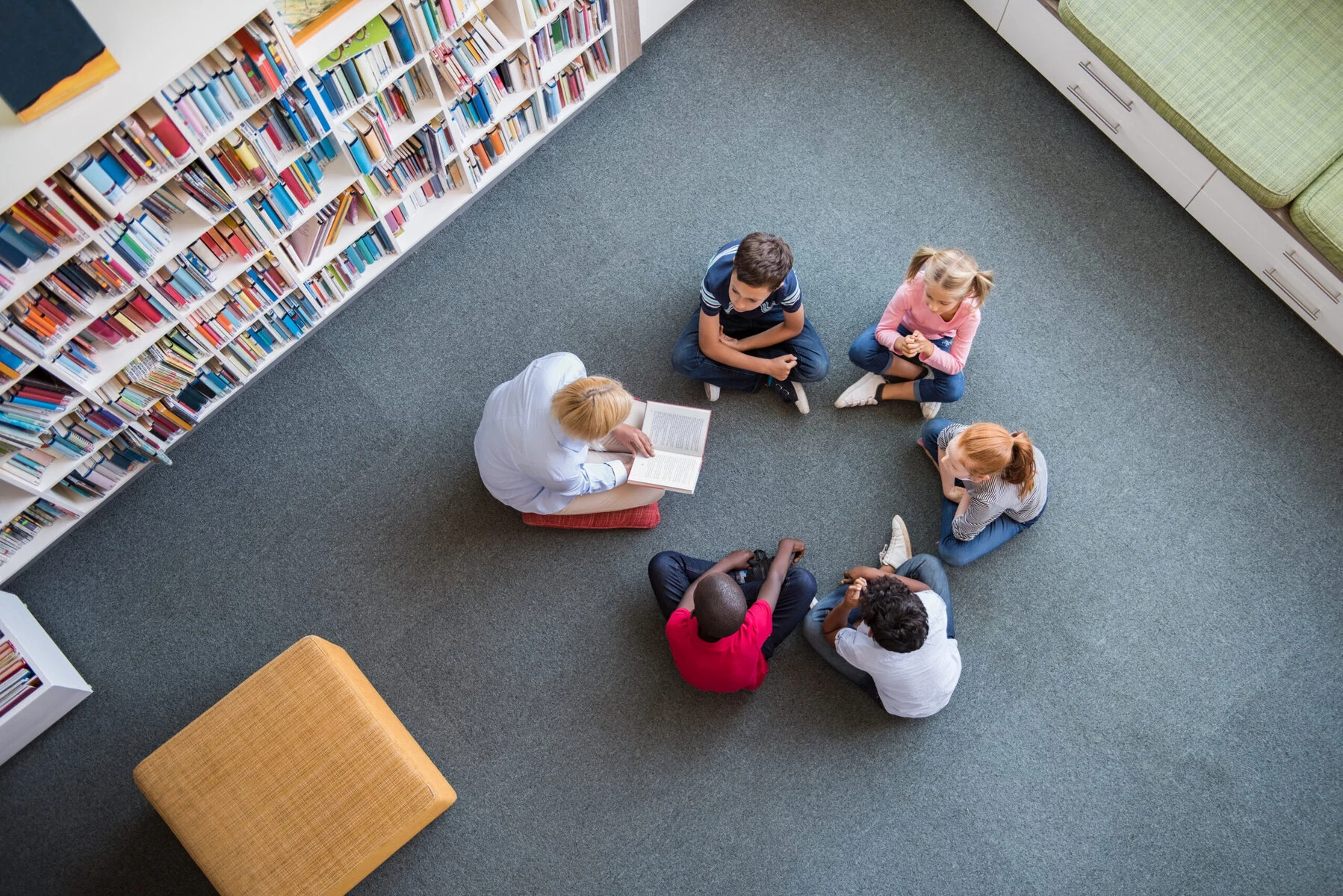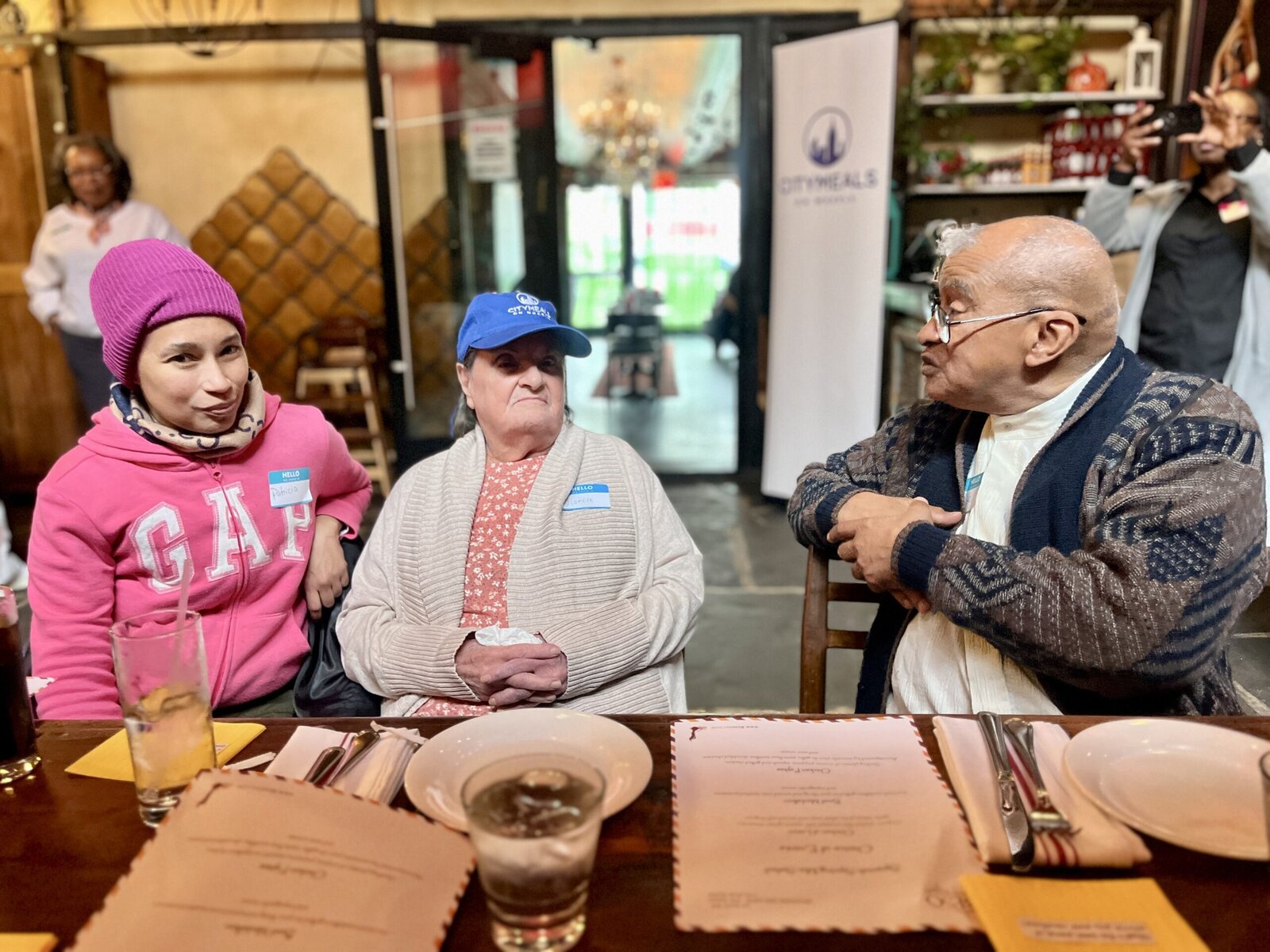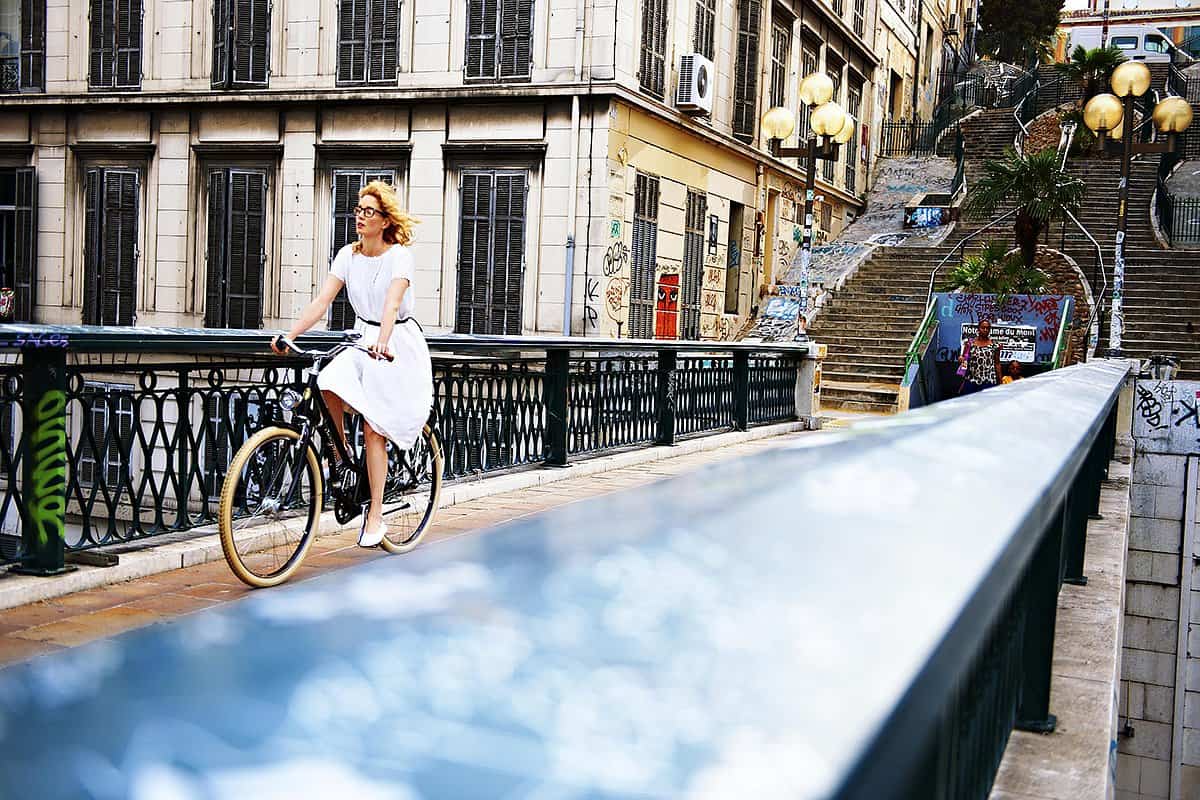If you’re strolling along the beach in Port Stephens, just north of Sydney on the eastern coast of Australia, and you spot a rogue shoot of seagrass washed onto the beach by the tide, you have a job to do. First, you’ll collect the seagrass and carry it gingerly to a large wooden box near the marina. You’ll lift the lid of the box to reveal a trove of netted bags and place the shoots inside one. Then you’ll attach the bag to a line that will allow you to lower it into the sea. In minutes, you’ll be back on your way.
It’s as simple as that, but after this brief flicker of citizen science you’ve just taken part in, you can pat yourself on the back: you have just helped reverse the extinction of a critical species.
The operation you’ve just joined? Operation Posidonia, a citizen-supported underwater reforestation effort that is proving marine restoration is more possible than we previously thought.
Since Operation Posidonia began in 2018, over 1,500 shoots of Posidonia australis have been collected by volunteers for scientists to lovingly replant and nurture back to life.
It’s an act as groundbreaking as it is simple. “Restoration on land has been happening for so long, but our ability to rewild our coastlines and do the same in the ocean is only now starting,” says Adriana Vergés, the marine ecologist and associate professor at University of New South Wales in Sydney leading Operation Posidonia. Until Vergés and her team began, no scientist had ever succeeded in replanting damaged underwater forests in Australia.
“Up until now people tried and failed and the general feeling was that it was just too hard,” says Vergés. “Now we know that’s just not true.”
A helping hand
Before Operation Posidonia came Operation Crayweed, another underwater plant species that has long been disappearing off the Australian coastline.
Vergés and her team began their work on restoring crayweed off the coast of Sydney in 2011 by harvesting plants from healthy meadows and replanting them in areas where crayweed populations had suffered, due mostly to pollution. Despite the improvement of water quality in these areas, crayweed simply hadn’t returned. For a number of reasons, primarily relating to the way the plant reproduces, “it needed a helping hand,” says Vergés.
They developed a technique for seeding the ocean floor with healthy plants, and were shocked by what they found when they returned six months later. Not only had the crayweed survived, it had thrived, reproduced hundreds of meters beyond the original plantings and was bursting with tiny sea life.
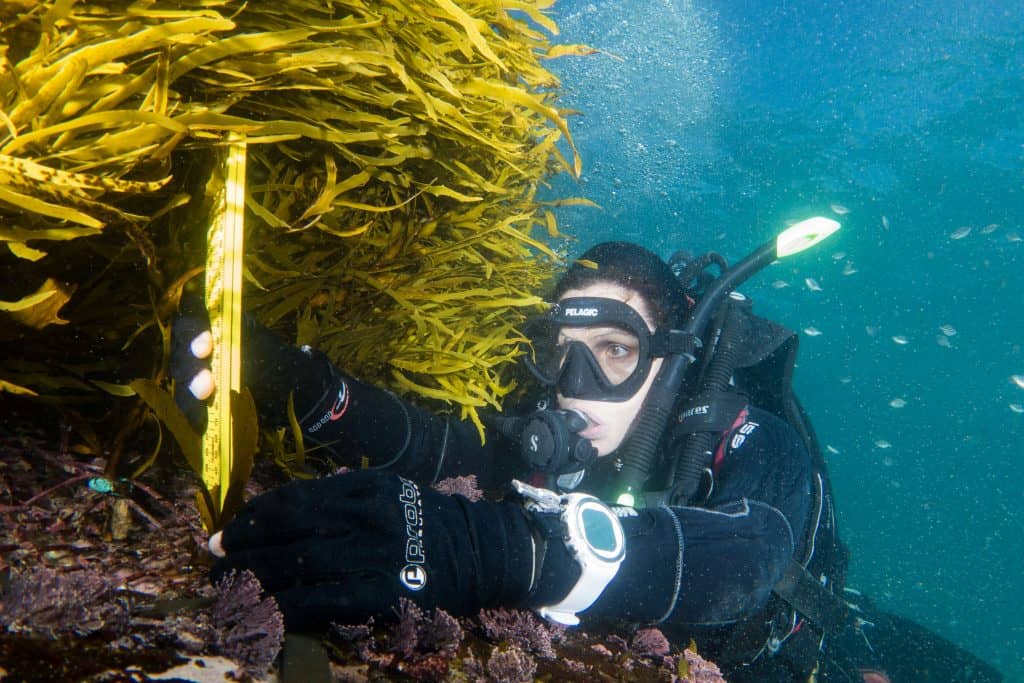
Since then, the Operation Crayweed team has effectively reversed local extinction of crayweed in Sydney, brought the species back in droves to six other sites and are currently working on replanting their ninth site.
But when the team then turned to set their sights on Posidonia, their challenge was far greater.
They knew restoring Posidonia was critical. Known as a “foundation species,” Posidonia provides a nursery habitat to the ocean’s young. It’s where juvenile crabs, fish, seahorses and cuttlefish, to name just a few, spend the early part of their lives hiding from predators. Its roots act like glue preventing erosion of the sea floor, and the plants filter pollutants from the water and act as a carbon sink.
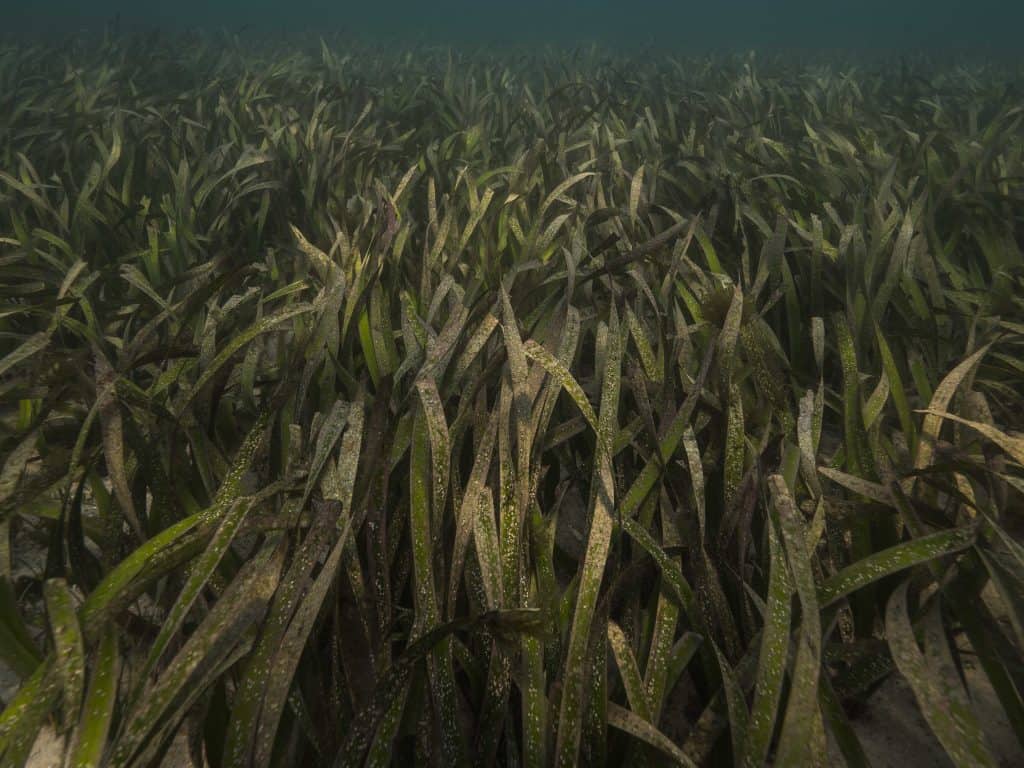
At the mercy of boat mooring chains, which tear Posidonia from the seafloor, the endangered species has all but disappeared from Australian coastlines. The few seagrass meadows that are left are shrinking by the size of a football field every 30 minutes — the same astounding rate as coral reefs. Without intervention, scientists estimate the species will be extinct within 15 years.
But unlike crayweed, Posidonia grows extremely slowly. “If you remove the root cause it will take literally decades and decades to grow back, and we just don’t have that time,” says Vergés. On top of that, the existing meadows are so fragile, harvesting existing healthy plants was impossible.
That’s where the citizen scientists came in, collecting seagrass shoots that have washed up onto the beach. Of the 1,500 shoots that have been collected and replanted so far, only a handful have been collected by scientists — most have been collected by everyday beachgoers. Without them, Vergés says, Operation Posidonia would be impossible.
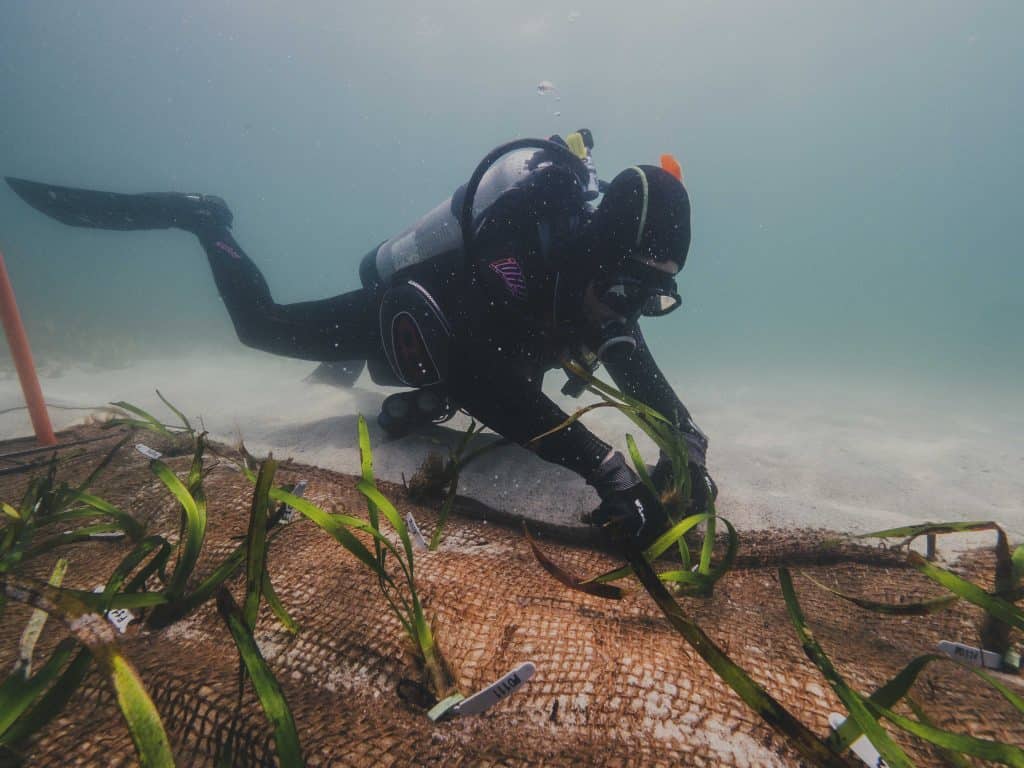
“We couldn’t go out every day and collect the shoots. It’s a very genuine collaboration in that way — we couldn’t do the restoration without them. We know that by people being hands-on, it increases the stewardship of the area, so it’s a good thing all around. But in this particular case there’s a very genuine need for the people.”
So far, scientists have replanted Posidonia over six “moorage scars” with a 70 percent survival rate — high for seagrass, according to Vergés. Those plants have grown new shoots, and are even producing flowers, which is a sign of vitality.
The effort is considered so successful that Vergés receives daily emails from scientists all over the world, from other parts of Australia and Oceania as well as Europe and the United States, wanting to learn from her team and replicate the efforts elsewhere — something she is thrilled to support. While some limited underwater reforestation efforts have been successful in Japan and the U.S. with bull kelp, for example, Vergés says it’s a phenomenon on the brink of exploding worldwide, especially with underwater forests increasingly recognized as crucial “blue” carbon sinks.
“This concept of re-wilding with the help of communities can be applied all over the world, and it is being applied all over the world,” she says. “Its scalability is huge.”
“We need to celebrate the wins”
Vergés emphasizes the importance of the community engagement piece of the reforestation effort not just for the volunteer labour, but also because it helps people better understand the realities ocean life is actually facing. The problem with underwater life is that, well, it’s underwater: the majority of the people see neither the problems, nor the successes.
In a survey, Vergés’ team once asked ordinary citizens whether they thought water quality around Sydney has gotten better or worse over the past few decades.
“Seventy percent of people thought it had gotten worse, where the actual truth is that it’s gotten incredibly better. This is an example of something we’ve completely turned around… and people don’t know that. I think it’s interesting: we don’t communicate enough the things we’ve managed to fix,” says Verges. “We need to celebrate the wins more because they empower and inspire people.”
That’s why Vergés does everything in her power to collaborate with schools, artists and other citizens to bring awareness to the successes. Most of Vergés’ work focuses on climate change, and the horrific effects it is having on marine populations worldwide. She says projects like Operation Crayweed and Operation Posidonia are a critical tonic.
“It’s fascinating stuff, but it’s also really alarming and can be really depressing,” she says. “The thing about this project is it’s the absolute opposite. We’ve managed to save this place — and we can do this in other places.”



